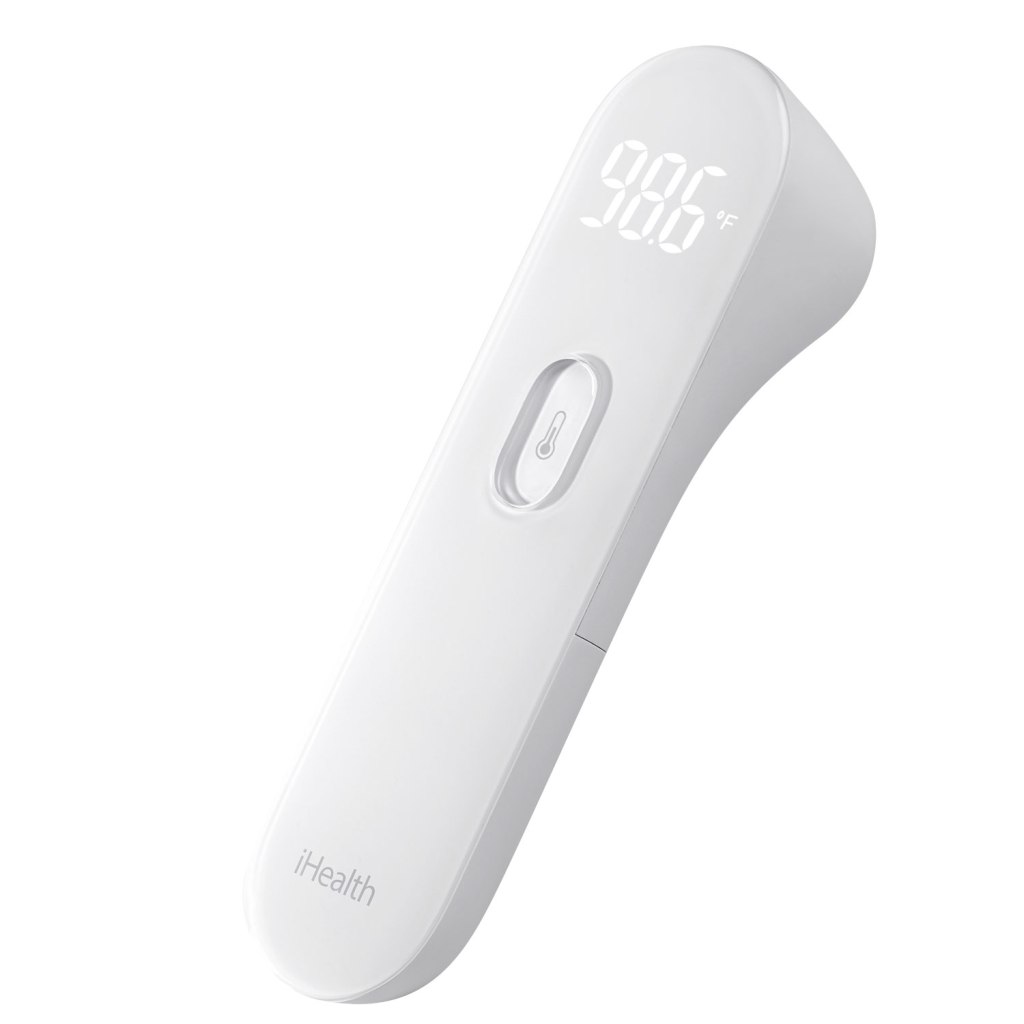Getting baby fever and dreaming about having a child is a lot more fun than watching your baby come down with a fever. Read on for all the facts on how to recognize and treat a baby or toddler’s fever, plus the baby thermometers you’ll want in your medicine cabinet.
Why do babies get a fever?
Babies can come down with a fever from an illness, infection and certain vaccinations.
What constitutes a fever for babies, and when should I call the doctor?
According to the Mayo Clinic, here’s when to be concerned and call your doctor:
• Babies under 3 months: rectal temperature of 100.4F or higher.
• Babies between 3 and 6 months: rectal temperature up to 102F and is irritable, lethargic or uncomfortable, or rectal temperature higher than 102F.
• Babies between 6 and 24 months: If the rectal temperature is higher than 102F but there are no other symptoms, you can wait a day before calling. If there are other symptoms, such as a cough, cold or diarrhea, you may want to call sooner.
• If the fever lasts for more than three days, call the doctor again.
But remember, these are only guidelines. When in doubt, or if you have questions or concerns, call your health-care provider for guidance.
What can I expect when my baby has a fever?
Babies with a fever may appear fine, or they may cry and seem uncomfortable. The Mayo Clinic recommends you contact your doctor if your child is unusually fussy or acting abnormally and it doesn’t improve after taking medications to bring down the fever. (Read on for guidelines of what medications to give and when to give them.)
Other symptoms that warrant a call to the doctor include: trouble breathing, rash or signs of dehydration, such as no tears when crying, no wet diapers for 8-10 hours, refusal to drink fluids or a dry mouth.
Starting at 6 months, children can experience something called a febrile seizure, which can cause them to convulse and lose consciousness. If you suspect your child is having a febrile seizure, lay them on their side or stomach on the ground and loosen any tight clothing. Remove nearby sharp objects and hold your child to prevent them from injuring themselves. When the seizure stops, contact your doctor immediately.
How do I treat my baby’s fever?
Rest and fluids are important for bringing down your child’s fever. Make your child as comfortable as possible by keeping the room temperature cool, dressing them in lightweight layers, and putting a blanket on them only if they appear cold so you don’t overheat them. When bathing your child, do it in lukewarm water.
Do not give any medication to babies under 6 weeks old. Call your doctor before giving any medication to a child under 6 months old. Between 6 weeks and 6 months, acetaminophen (such as Tylenol) is recommended. After 6 months, you can also give your child ibuprofen (such as Advil or Motrin). Do not ever give aspirin to children under age 18.
Look for products marked “infant formula” and carefully read the label for the proper dose for your child’s age.
If the fever doesn’t respond to medication, it’s time to call the doctor again.
What kind of thermometer should I use?
First of all, if you have an old mercury thermometer lying around, get it to a hazardous waste collection site. They’re not safe for anyone to use.
Instead, for babies and toddlers, you’ll want a digital thermometer, which can be used in the rectum, armpit or mouth, as well as a temporal artery thermometer (also known as a forehead thermometer). There are also digital thermometers you insert into the ear, but they’re not recommended for newborns.
Digital thermometers record body temperature through electronic heat sensors. A rectal reading is considered the most accurate by the American Academy of Pediatrics, especially for younger babies. If you use a thermometer rectally, label it clearly so you don’t later use it in a child’s mouth. Oral readings are tricky for babies because they can’t keep the thermometer in the right spot for the minute it takes to get an accurate reading, so save those for older kids.
Before using a digital thermometer, clean it with warm, soapy water and rinse with cool water so the water temperature doesn’t affect the reading. After using a digital thermometer, clean it with rubbing alcohol or warm, soapy water.
Forehead thermometers record the temperature of the temporal artery through an infrared scanner. Parents love temporal artery thermometers because they give accurate readings with minimal inconvenience to the baby, and can even be used when baby is sleeping.

Thermometers We Love
Smart Baby Thermometer from VAVA
Apply the small silicone patch (FDA approved and made with medical-grade adhesive) to your baby’s armpit and this wireless thermometer will beep and blink red LED lights if their temperature rises above 100°F. Thanks to a 24-hour battery life, temps are monitored all night long. The device also notifies you about low battery, disconnection and if the device falls off your baby. The large, backlit temperature reading is easy to see in the dark, or you can move the device to whatever room you’re in to track the readings.
Available at vava.com, $79.99.
Infrared No-Touch Forehead Thermometer from iHealth Labs
This temporal artery thermometer (shown above) gives a reading in 1 second and vibrates when done (no annoying beep to wake or startle your baby!). Place it against the center of the forehead, one inch above the skin. The large backlit LED screen clearly gives the reading on the back of the device.
Available on amazon.com, $26.99
iProvèn Digital Thermometer
This digital thermometer measures a fever in 10 seconds, and has a waterproof, flexible tip for easy cleaning and more comfortable readings.
Available on amazon.com, $13.49
Kinsa Smart Thermometer
This digital thermometer has a large display and gives readings in 8 seconds or less. It connects to a smartphone app so you can track baby’s temperature readings as well as their symptoms and medications you’ve given them.
Available on amazon.com, $15.99











